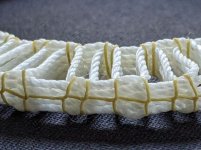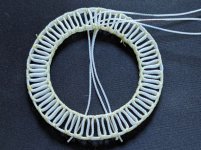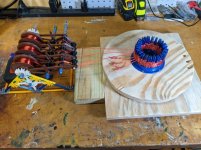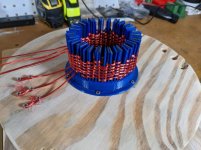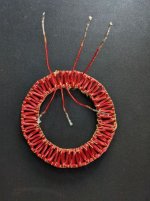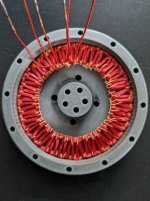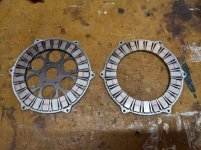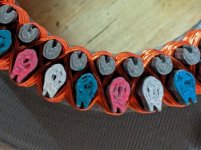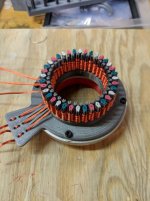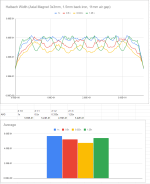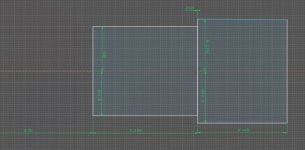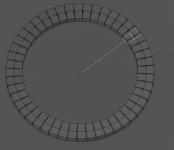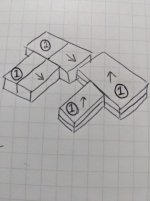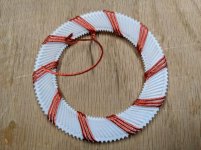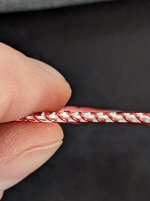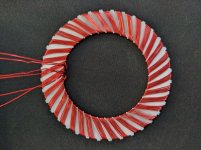Soooo I still have yet to fix the pressure pot. But I was able to make some progress in others ways.
A while back someone reached out to me after my last YouTube video. They ended up making a part for me but due to the 3D printer optimized design, it was not right when it was made out of aluminum, but I had a local machinist fix it recently, and I was actually able to use it. this helped resolve one of the issues I was having with trueness, and irregularities from the printed parts.
With this I attempted to test the torque on a load cell. but it just bounced off over and over, and I was unable to get a good reading of the force.
I then tried to make a Prony brake. This seemed to work a bit better, and I was able to get ~450g of force at a distance of 50mm from the center of the shaft. This seems like the first sort of concrete number that I have gotten for torque.
450g @ 50mm = 22.5gram*meters or 0.220Nm
The power supply pulled just about 4A @ 12V
So please correct me if I am wrong, but I believe this puts the Kt at about 0.055Nm/A
I think this puts it on par with some other brushless motors, but at about half the weight
https://endless-sphere.com/forums/viewtopic.php?t=45489
Maybe I am mis-interpreting the results. I would love to get some feedback.
The load cell was calibrated before the test, but I'm sure theres a margin of error in there. Also the Prony brake did not work entirely as intended. I dont think it was really slipping when I got the reading so the RPM was quite low.
You'll also notice that I threaded the shaft, So maybe now I can hook a prop up to it and see what kind of load I can put on it.
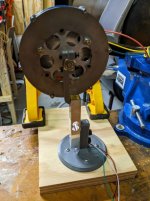
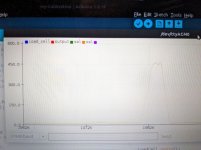
Sorry for the low quality pictures. I just took a picture of my laptop with my phone at the time. and the other photo did not focus well because of the angle that it sits on the workshop bench.

